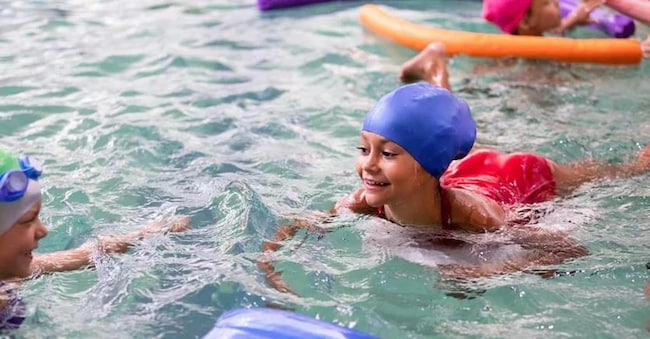Heatwaves and Pool Safety: Recommendations and the Number to Call 1500


With the arrival of the heat also come the recommendations and intervention plans of the institutions to safeguard the most fragile people. From June 23, the public utility service 1500 will be active, managed by the Ministry of Health in synergy with Inail, which will provide information to citizens on how to protect themselves from heat waves. While the Istituto Superiore di Sanità in collaboration with Friuli Venezia Giulia, Liguria, Molise, Piedmont, Sardinia, Tuscany, Umbria, Veneto and Sicily, launches a video campaign, in which a little fish called Salvo explains to parents what to do to prevent children from having accidents in the swimming pool.
The number 1500 is free and will be active from 9 am to 5 pm, Monday to Friday. The operators will provide citizens with useful advice for preventing the effects of heat on health, orientation to local services activated by the Regions and Municipalities, information for the protection of the health of workers engaged in outdoor activities to reduce the risks of sun exposure and medical health counseling through the collaboration of health managers of the Ministry of Health.
On the ministry website the bulletins with the heat waves
The 1500 is in addition to the activities already implemented by the Ministry of Health with the Summer Hot Plan 2025, operational since the end of May. From Monday to Friday, until mid-September, you can consult the bulletins on heat waves on the ministry website. The Hot Plan, like every year, uses the Daily Mortality Surveillance System and the Emergency Room Access Surveillance System which allow for the timely identification of health emergency situations and the activation of prevention interventions on the population.
In the city or on vacation, danger is always lurking. More than half of swimming pool drownings involve children up to 12 years old, and in general, of the approximately 330 people who die on average each year for this reason (12%) are under 18. “Establishing a correct relationship with water is fundamental for the growth of our children, and with some attention we can reduce the risks that are inevitably connected to this element, says Andrea Piccioli , general director of the Istituto Superiore di Sanità –. A special thanks goes to the Regions because together with them we can increase the diffusion of this campaign and promote more effective prevention”.
According to the report being published by the Observatory for the development of a national strategy for the prevention of drowning and accidents in bathing waters, from 2017 to 2021, 1,642 people died from drowning. Of these, 12.5% (or 206) were aged 0 to 19 years. This equates to approximately 41 deaths per year involving children or adolescents, with males representing a significant 81% of all drowning deaths in pediatric age. Cases increase with age, although not in a linear manner (the 1-4 age group has more cases than the 5-9 age group), up to adolescents, who alone account for 53.4% of all drownings from 0 to 19 years. In almost all cases, the child - who cannot swim - drowns because he escapes the attention of his parents, falls into the water or ends up, playing in the water, in deep water. Even domestic swimming pools have contributed to increasing the number of accidents and drownings, and 53% of those drowned in swimming pools are children up to 9 years old. "Water, even when it is a puddle of water or a "pond", exerts a fatal attraction on any child - explains Fulvio Ferrara , who edited the report -. In inflatable pools the risk that a small child, who has just started walking, falls in is very high. We must remember here that a child who has fallen into the water will disappear from sight within 20 seconds".
One of the most common causes of child drowning is due to lack of or inadequate adult supervision. In one study reported in the report, adults admitted that while watching their child near water, they talked to others (38%), had to supervise another child, were busy reading (18%), were eating (17%), and/or were talking on the phone (11%).
Among parents of children aged 0 to 12, nearly half (48%) incorrectly believed that they would hear splashing noises or cry if their child was in distress in the water. Additionally, 56% believed that a lifeguard, if present, was the primary person responsible for supervising their child, and 32% reported leaving their child completely unattended in a pool for 2 minutes or more.
The video released on the social channels of the ISS and the Regions that have joined provides some advice to avoid accidents:
Preferably dive in supervised waters where there is qualified personnel able to intervene in case of emergency, avoid diving in case of rough seas or near bodies of water where there are rip currents, always supervise children continuously, educate children about water skills from an early age, avoid diving into the water suddenly after eating or after prolonged exposure to the sun and avoid diving from cliffs or in unprotected areas.
News and insights on political, economic and financial events.
Sign upilsole24ore





